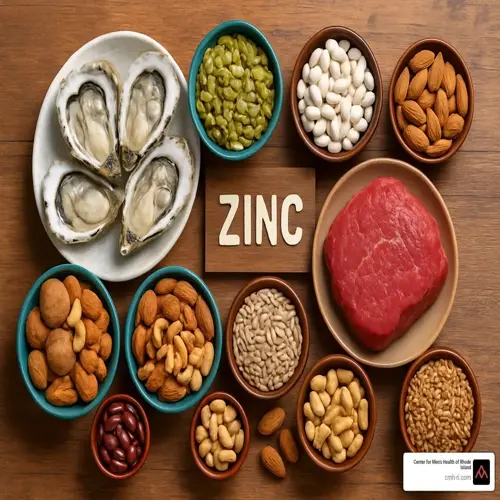Can specific foods dangerously spike blood sugar?

Written by
Leilani Ibeh
Reviewed by
Prof. Benjamin Murphy, Ph.D.Some foods generate hazardous glucose spikes by overwhelming your body's regulatory mechanisms. Refined carbohydrates break down rapidly into pure glucose. Sugary drinks pour themselves into the bloodstream with no nutrients. These foods bypass some of the natural digestive mechanisms, creating metabolic stress.
Fast-Absorbing Carbohydrates
- White bread and pastries lack fiber allowing immediate glucose conversion
- Instant cereals break down rapidly spiking blood sugar within minutes
- Rice cakes and pretzels create sharp peaks without protein buffers
Liquid Sugars
- Sodas deliver fructose directly to liver overwhelming processing capacity
- Sweetened coffee drinks combine sugar with caffeine doubling stress response
- Fruit juices concentrate natural sugars without pulp's fiber protection
Combination Offenders
- Fried potatoes combine fast carbs with inflammatory oils impairing insulin function
- Candy bars layer simple sugars with saturated fats slowing clearance
- Breakfast cereals mix refined grains with hidden added sweeteners
Strategies for mitigating spike damage. Combine troublesome foods with protein or fiber to slow their absorption. Vinegar taken before eating can enhance the insulin response. Movement after eating uses up circulating glucose. These techniques buffer the effects of occasional indulgences.
Tolerance varies from person to person. Continuous glucose monitoring shows you your specific triggers. Some people's glucose levels spike when they eat bananas, while others do not react to them at all. Portion control also makes a difference. Two tablespoons of rice have a different effect than one cup of rice. Test your individual responses to understand what the offenders are truly.
Repeated exposure wreaks metabolic havoc on our body. The repeated spikes will create insulin resistance by desensitizing the receptors. Over time, inflammation can damage the pancreatic beta cells. Preventing the spikes will protect your body's homeostatic regulatory systems for the long term.
Read the full article: Understanding Blood Sugar Regulation

